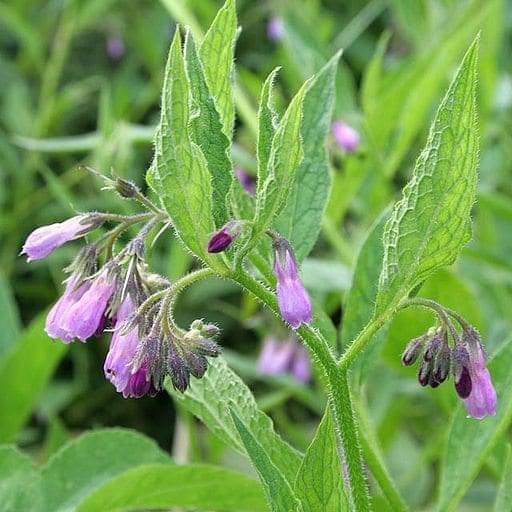Like so many other athletics, taekwondo is a full-contact sport. Even when we’re using pads, cuts and scrapes happen. Just last week I nicked the top of my foot on the Hydromaster bag. I wasn’t even kicking hard. It was a drill for building cardio health. The cut was small, not worthy of a bandage, really, except for my not wanting to get germs in an open wound or blood on the equipment. Every couple of weeks, one of my family comes home with a scratch or an abrasion of some sort. That’s part of the work-out sometimes.
Even little injuries deserve attention, though. The potential for infection is greater in places where people sweat a lot, no matter now well the folks who care for the gym clean it. That’s why I keep an antiseptic spray in my gym bag. In fact, I keep another bottle at home in my first aid kit, too. Both are herbal, environmentally sound, and safe for kids of all ages.
I’ve tried many different herbs for wounds of various types. My favorite set for the widest range of cuts, scratches, and abrasions is a combination of comfrey leaf, yarrow flower, and lavender essential oil.
Yarrow, also known as Achillea millefolium, was named after the Greek hero Achilles for its ability to almost miraculously heal deep wounds. For centuries, yarrow was the warrior’s friend, offering healing to wounded soldiers right there on the battlefield. Yarrow grows wild through out the United States and Europe as well as in many domestic gardens, so finding fresh yarrow is pretty easy. In the summer, when my yarrow is in bloom, I make yarrow flower tincture, although you can make it with dried yarrow any time of year.
Comfrey, the second of my favorites for healing both light and deep wounds, has a long standing reputation for helping repair skin when used topically. Comfrey’s big, fuzzy green leaves have a particular affinity for reknitting skin and the muscular and fatty tissues below the skin rapidly. In fact, herbalists of old discouraged people from applying “the knitting herb,” as comfrey was called, until they were absolutely sure no infection was present because comfrey could help the skin to close over the wound so quickly any germs or infection present could be trapped inside before it had been driven out. Personally, I’ve seen my own cuts heal considerably faster when I’ve used comfrey. As with yarrow, I usually make my comfrey simples, like oils or tinctures, in summer. Tincture and oil of comfrey are handy for healing year round.
Lavender essential oil is a powerful antiseptic. Like tea tree oil, it’s good at killing a variety of microbes, bacterias, and viruses. Although tea tree has gotten far more attention for its MRSA and staph fighting abilities, studies show that lavender essential oil is a most excellent weapon against these infectious organisms as well as against a variety of fungal conditions, too. Plus, lavender essential oil applied straight up, or neat, on an open wound doesn’t sting while tea tree sure does. The lack of sting is what makes lavender my choice over tea tree. Even when my boy was a wee tyke he’d stand still for a drop of lavender oil on his cuts and scrapes while just the sight of the tea tree sent him wailing from the room.
Try this:
Keep a bottle of lavender essential oil in your workout bag or locker for easy first aid on the spot. Keep bottles of oil or tincture of comfrey and yarrow at home for use later and as the wound heals.
or
Make a bottle of Quick First Aid spray using equal parts of tinctures of comfrey and yarrow plus twenty drops of lavender essential oil per two ounces of finished spray. Keep one in your locker, workout bag, and first aid kit for use on the spot and another at home for use as the wound heals.









